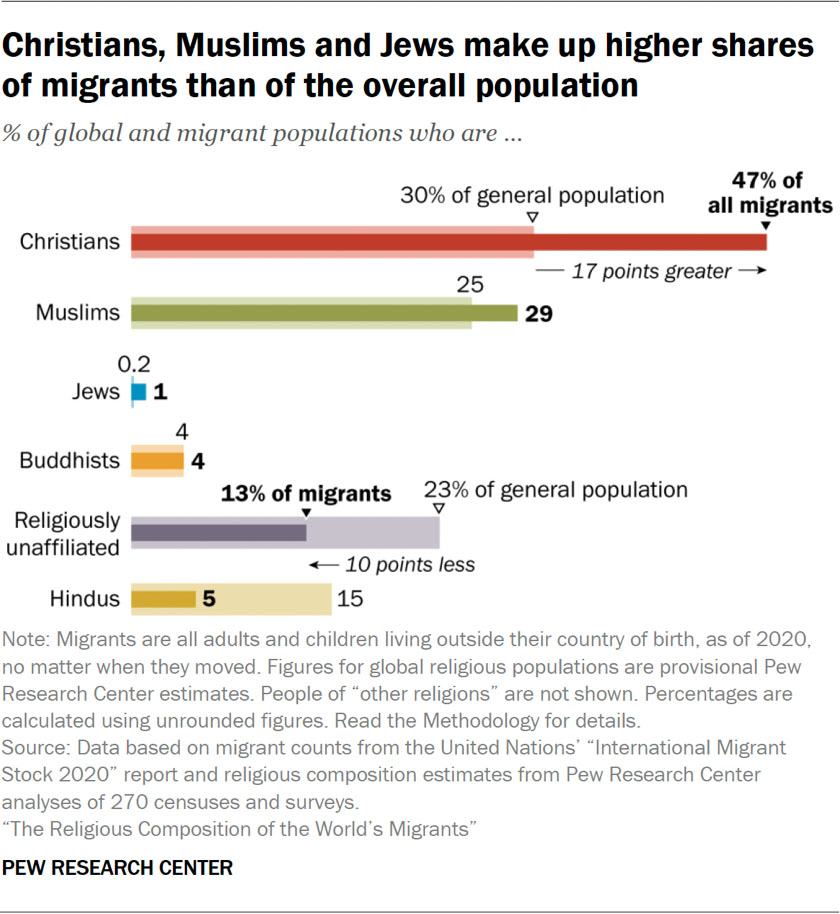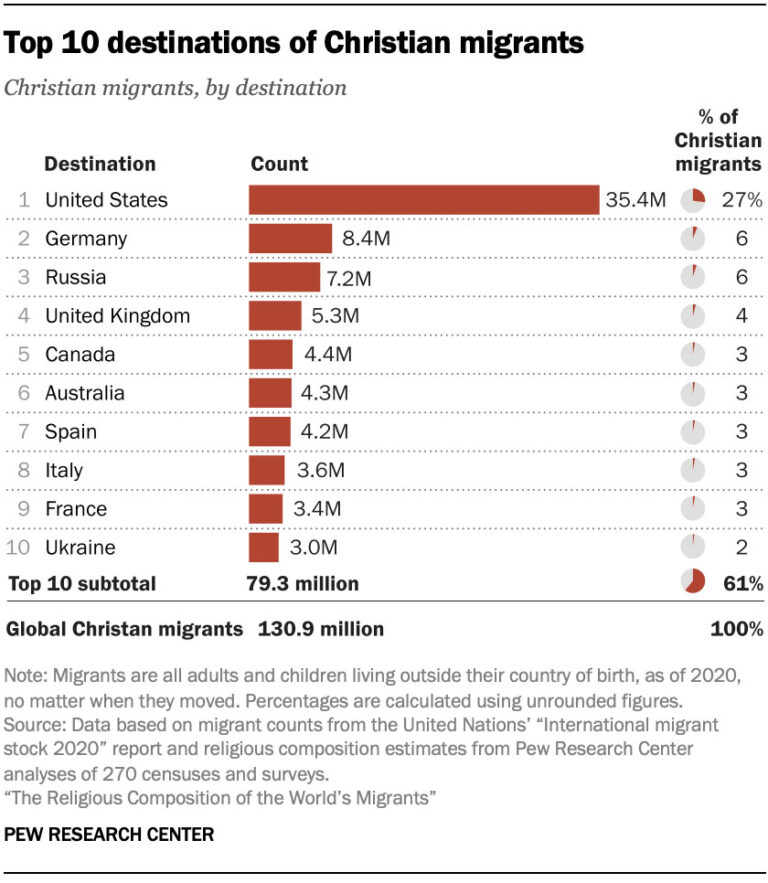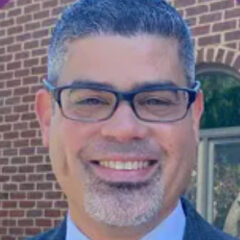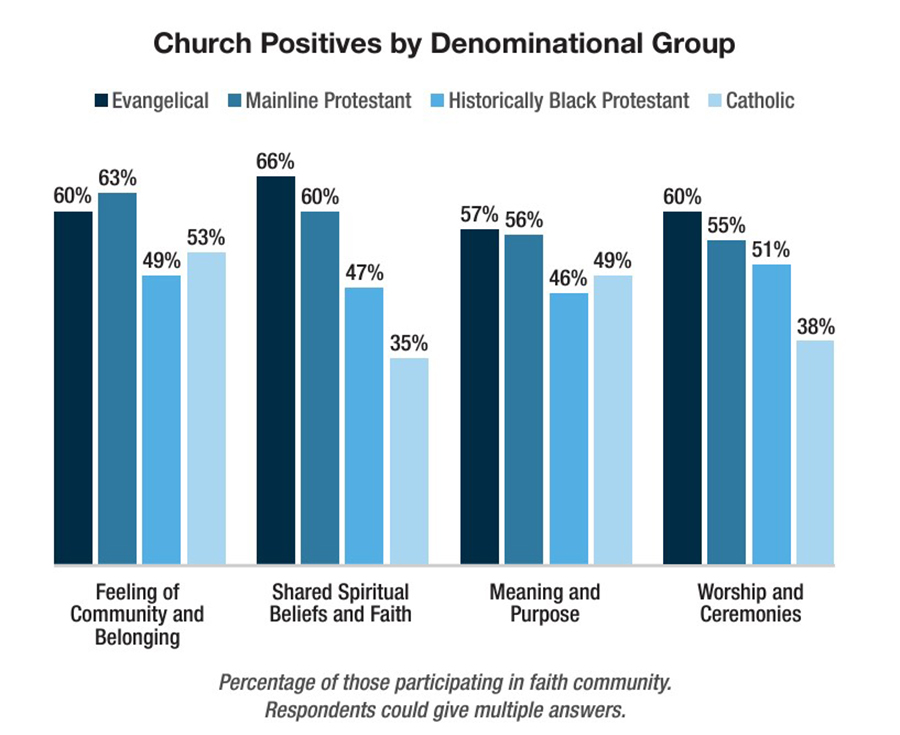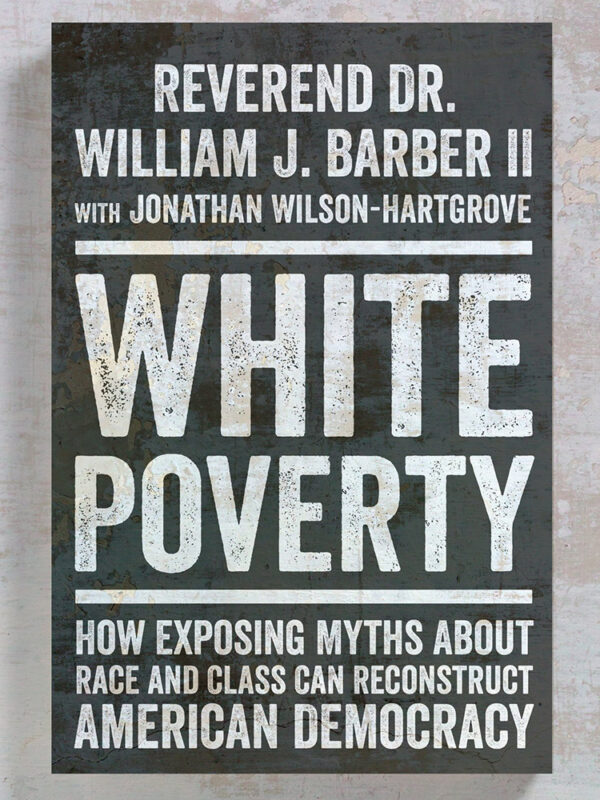Steven Curtis Chapman reflects on the next chapter
NASHVILLE (BP)—When he was only 19 years old, Steven Curtis Chapman decided to impersonate George Jones.
There was no better place to mimic the country legend’s voice and mannerisms than as part of Chapman’s job at Opryland USA.
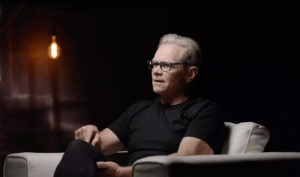
He did it so well, it brought an invite for the teenager to perform across the parking lot at the Grand Ole Opry.
“I stepped onto the famous stage, and the band hit the first chord as though we had rehearsed it a thousand times,” he recounted in his 2017 book Between Heaven and the Real World: My Story. “Wow, this really is the big-time! I thought.
“I stepped up to the microphone and launched into my best imitation of [‘He Stopped Loving Her Today’]. …I finished the first verse, then sang the chorus, nailing them both.
“I went on to the second verse, and my mind raced as the words came to me. I finished by hitting and holding the high note in the chorus: ‘He stopped loving herrr … today.’”
The crowd erupted with a standing ovation. Legendary country star Roy Acuff, who had introduced Chapman moments earlier, was so impressed he asked for another chorus of the song.
Thrown off guard, Chapman drew a total blank on the lyrics as the band began to play. Trying to help him out, they played through the opening again … and again … and again. A few of the musicians even began to shout some of the words in his direction, all of this in front of the crowd that had just moments before thundered their approval and Chapman’s family, whose previously beaming faces were now something else entirely.
He finally got his bearings and finished the chorus. Acuff couldn’t help but comment after he made his way back to Chapman on the stage, noting that some words were left out and asking what went wrong.
Although Jones was then at the peak of his career, his drinking had—more than a few times—affected his performances, whether by causing him to fall off the stage or forget his lines or even not show up at all.
Chapman noted in his book that there is nothing funny about such issues with alcohol. But as he stood there on the Opry stage he needed a response, and quick.
“Oh, I just wanted to do it like George does it these days,” he told Acuff.
“The crowd howled with laughter, and they began applauding again,” Chapman wrote.
Peaks and valleys along the way
The applause never has died for Chapman, but the 37 years since his first album have brought a lot of chapters for a career now in its fifth decade. There have been goals met, and there have been curveballs.
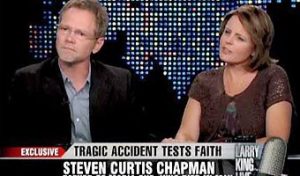 There have been mountains, but there have also been very deep valleys, such as the 2008 death of his 5-year-old daughter Maria Sue.
There have been mountains, but there have also been very deep valleys, such as the 2008 death of his 5-year-old daughter Maria Sue.
There have been his roles as musician, husband, father, friend, son, business partner and international ministry leader, all under the umbrella of one guy with a guitar who just wants to sing songs that tell people about Jesus.
On July 27, the Opry stage served as another moment for Chapman as friend Ricky Skaggs officially extended the invitation to become its newest member.
“My dad didn’t listen to music in the car very much, but I remember as a kid riding along with him and my older brother,” Chapman told me recently. “One night he turned on the radio, and I heard a bunch of static, and then this music came through the speakers.
“‘Hey boys, that’s the Grand Ole Opry,’ he said. ‘That’s as good as music gets.’ Something told me this was special, magical, even.”
After hearing repeatedly that he was a fine songwriter whose voice just wasn’t strong enough to be a recording artist, Chapman finally broke through with his first album in 1987’s “First Hand.”
The next five years brought a meteoric rise and honors alongside the genre’s most glorious mullet. 1992’s “The Great Adventure” brought an end to the latter but sent Chapman to stadium-level success.
Career achievements and personal challenges
His career achievements now include 59 Dove Awards, five Grammys and 16 million albums sold, ten of those reaching Gold or Platinum. In 2023 Chapman’s name became the first and only on the list of Contemporary Christian Music artists to have 50 No. 1 songs.
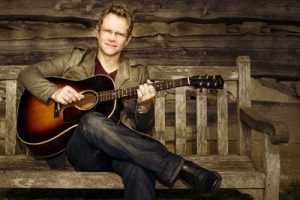
It could’ve been different. Throughout his career Chapman struggled with his success and the time it took him away from home, the stress it placed on his wife Mary Beth to raise six kids while he was in a different city. Many times, he sought counsel and considered stepping away.
“I really did try to think through if it were possible,” he said. “Even here, at this place in my life right now my wife throws around the R-word of retirement.”
Taking a different route early on could have led to a standard work week, he said, while still serving in a local church, perhaps as a worship leader. Something with music would certainly have been in his life such as giving lessons, as his 85-year-old dad still does at Chapman Music in Paducah, Ky.
“I believe somewhere I would’ve ended up in ministry on some level,” he said. “But I also feel very much like this is what God made me to do.”
He and his wife Mary Beth are considering writing a book about their marriage. On Oct. 13 they’ll celebrate 40 years.
“We’ve had people tell us that we should share our story,” he said. “We’ve resisted, because we’ve both said very clearly in our books that we don’t have it figured out. By the grace of God and trial and error, we’ll go three steps forward and 40 steps back, then 40 steps forward and two steps back.
“Yet, by his grace, we’re still together and realizing there are some things that we can share that could really encourage people from our journey.”
The “R-word” doesn’t appear to be in Chapman’s near future. Music remains very much in his life, but his favorite audience knows him as PopPops and are happy to be part of an Instagram reel.
Nov. 1 will bring his official induction to the Grand Ole Opry. His sons, Caleb and Will Franklin, will join him onstage alongside his dad, Herb Sr.
“It’s how I’ve always processed life,” he told me on music’s role. “The pain, joy, confusion, you know, trying to understand the mystery of God and his word and how to apply that to my life. With my family and marriage, those are the places where God is the most real, where I’m most aware of my need for him, his truth and his wisdom.
“As long as I’m breathing and able to have a thought in my head, I’m probably going to be writing songs.”
